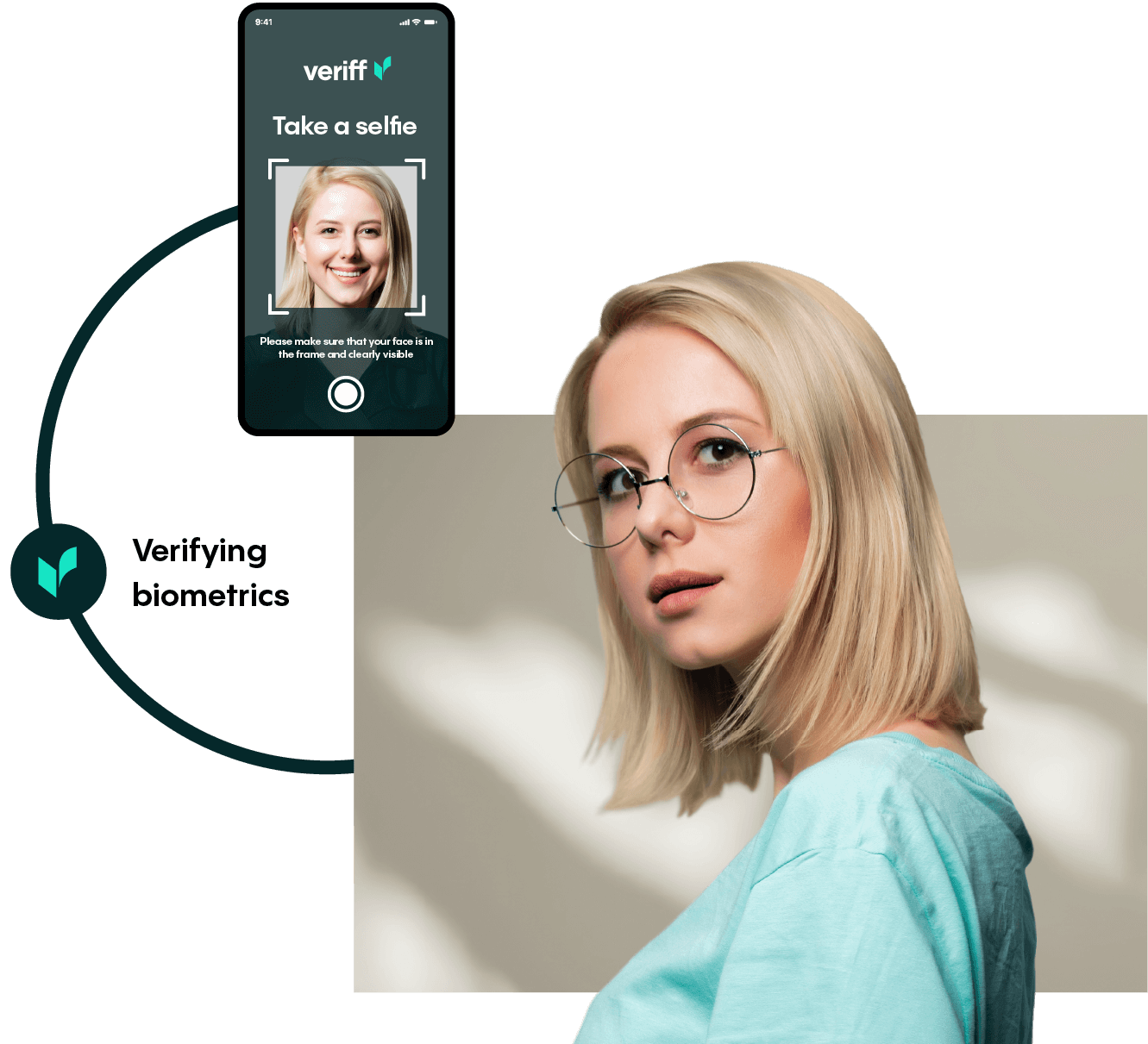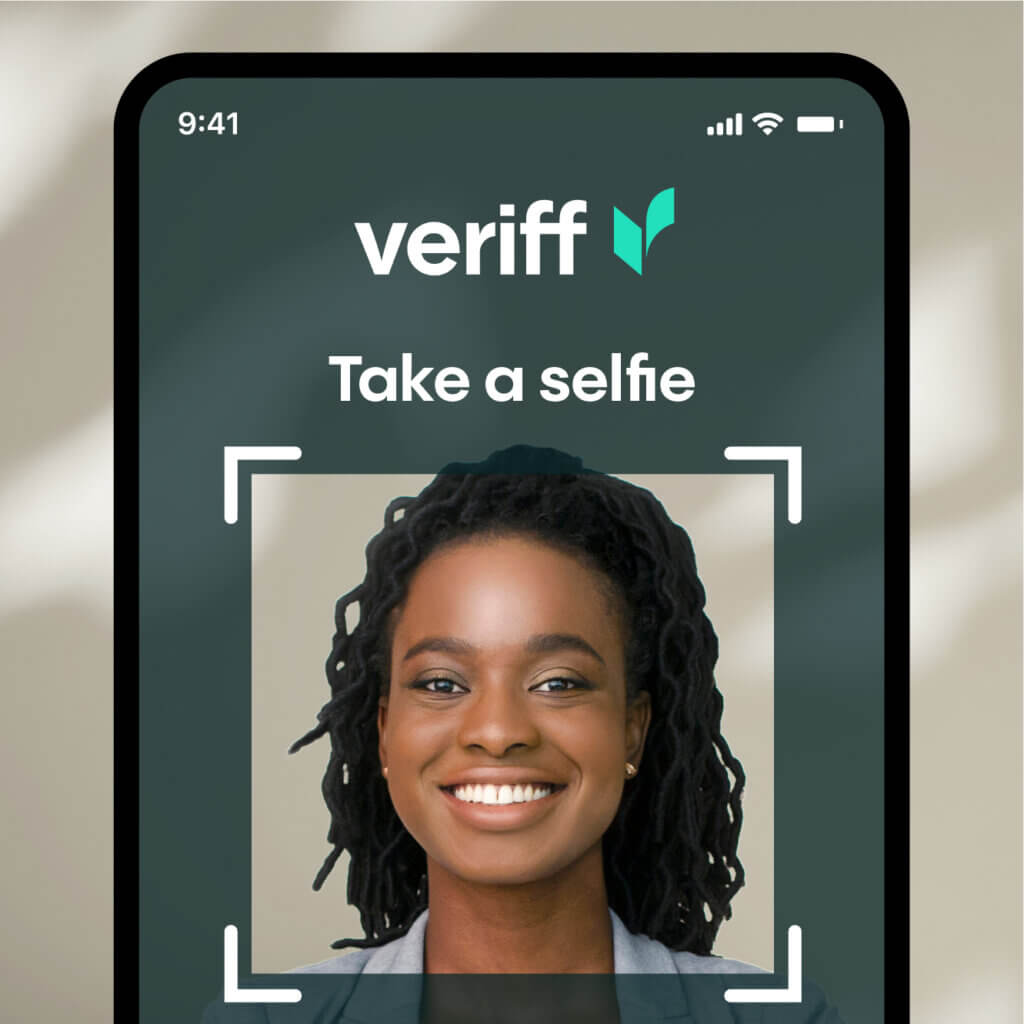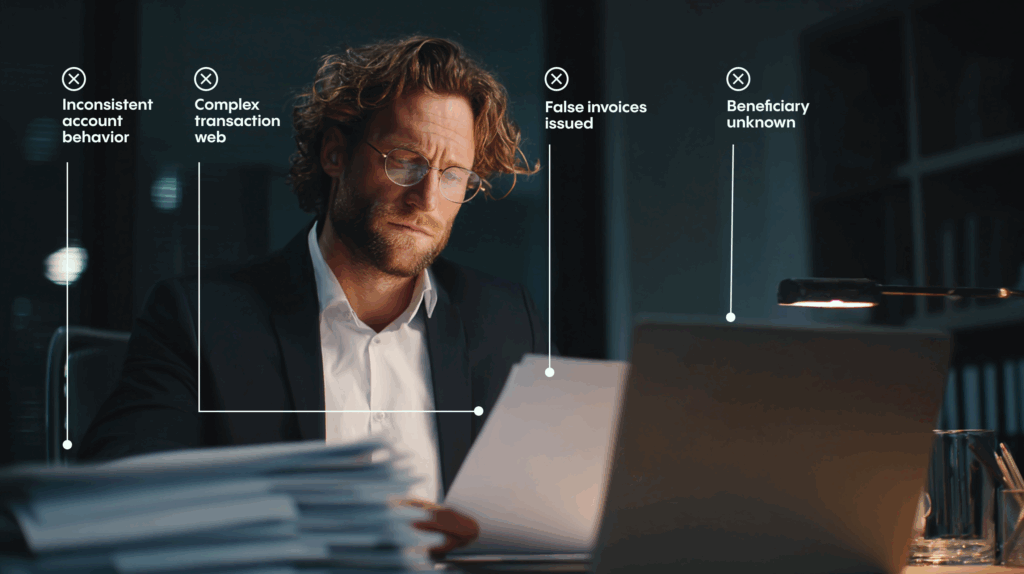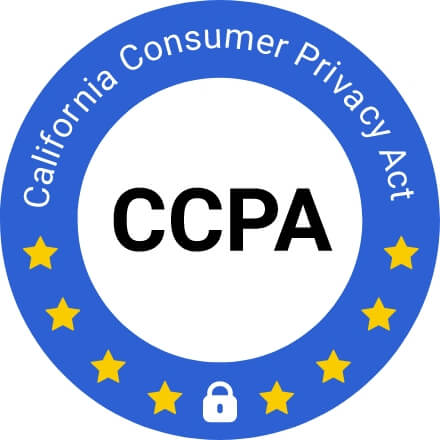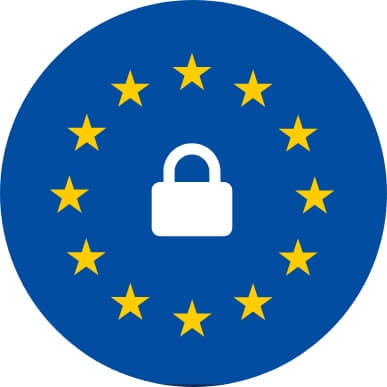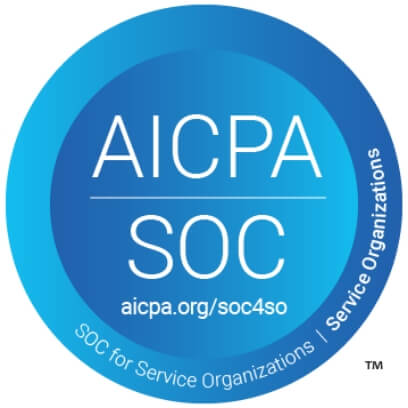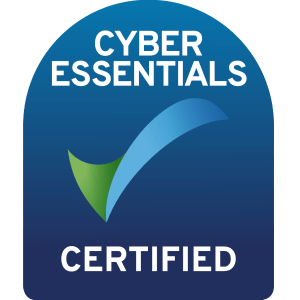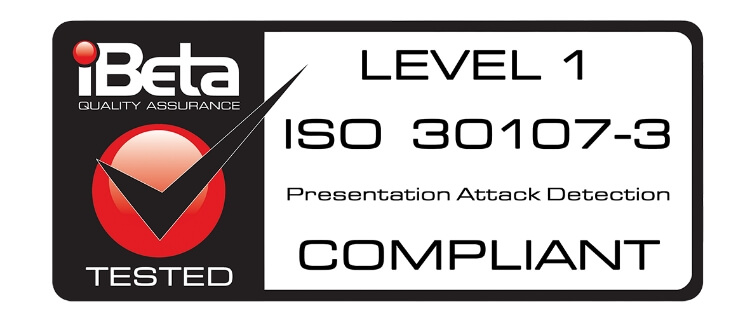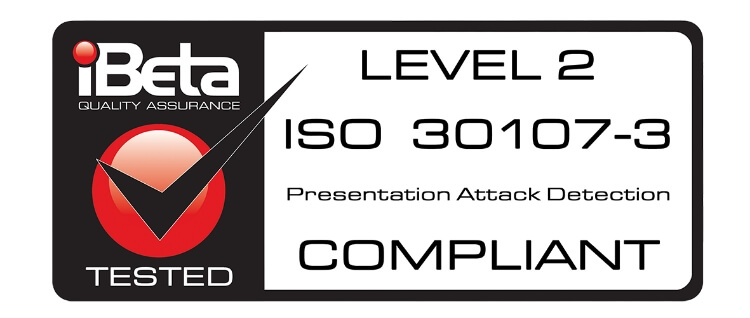How Biometric Authentication works
Veriff’s biometric authentication confirms that a returning user is who they claim to be. Users can authenticate on any device and platform of their choice, as Veriff supports iOS, Android, mobile web, and web SDK or API.
Once the user’s selfie has been enrolled, either from an identity verification session or by taking a biometric enrollment selfie, the user can simply use their face to authenticate themselves.
The user simply takes a quick selfie, replacing cumbersome, outdated, and less secure authentication methods such as passwords, shared secrets, or one-time passcodes.
Conducts real-time analysis of the user’s selfie, including image quality checks, liveness detection, and face matching so that you can approve genuine users with confidence
Alongside biometric analysis, Veriff analyzses behavioral, device, and network risk signals in real-time to detect fraudulent activity.
Provides a clear and actionable result with detailed explanations of the events that occurred during the authentication process, empowering you to make an informed final decision 一 whether to allow, deny, or request additional verification.
Customers around the world trust Veriff
Featured resources

Get the Biometric Intelligence Report
Be among the first to get your Biometric Intelligence Report, featuring a detailed overview of biometrics and their business benefits in a dangerous online world.

Talk to us
Make authentication easy for genuine users. Get in touch with a Veriff expert to learn more about how
biometric authentication stops fraud while helping you convert more users.

